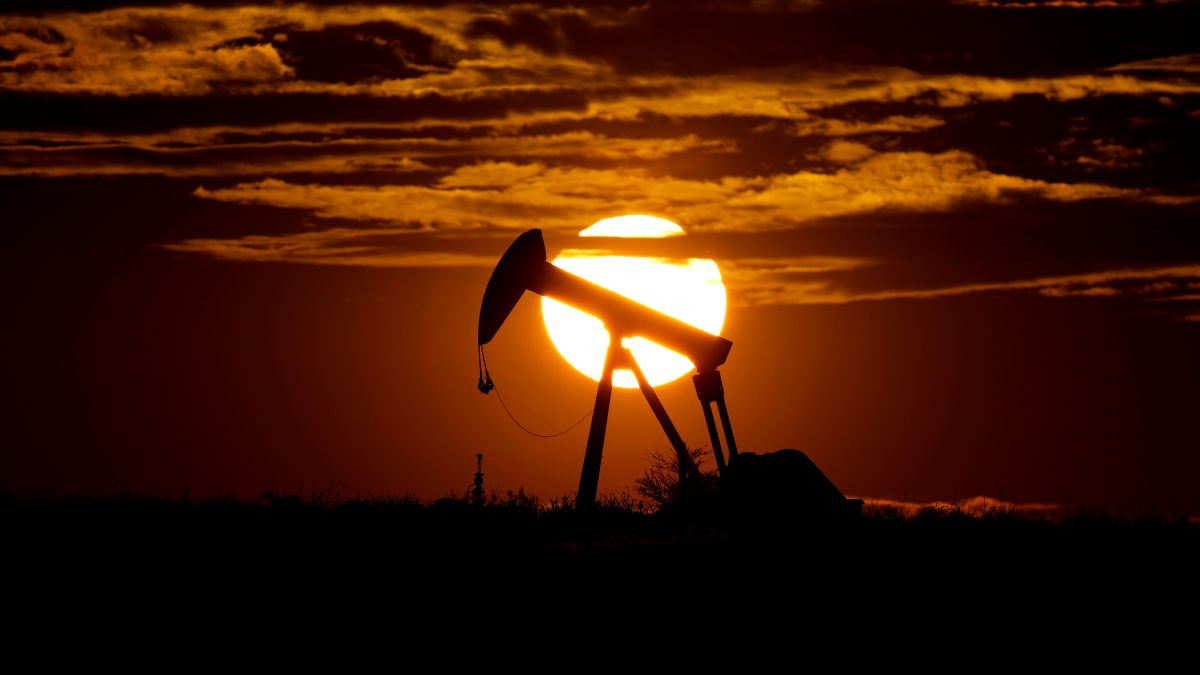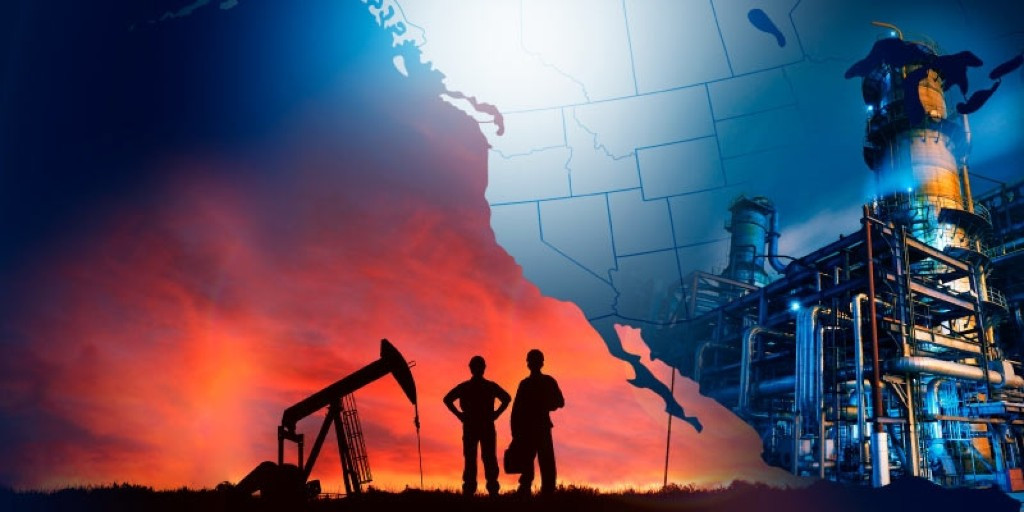

First Time in History, Oil Prices Drop below $0
Tuesday 21st of April 2020
First Time in History, Oil Prices Drop below $0
On 20th April, oil prices in the US faced a historical decline that had the numbers going negative. This was due to stay-at-home orders during the COVID-19 pandemic, which pushed down both oil and gasoline prices, since there is excess supply of both. And the space needed to store that excess supply is running short, which is part of what led to the negative oil price on Monday.

"Wholesale gasoline futures and oil futures are definitely linked, but they don't necessarily reflect each other on any given day," said Jeff Lenard, spokesman for the National Association of Convenience Stores. According to the US Energy Information Administration in 2019, when the full-year average stood at $2.60 a gallon, the average transportation and marketing cost was about 39 cents per gallon of gas. Hence, the price you pay for petrol involves more than just the cost of buying petrol by gas stations.
So, does it mean you get paid to get petrol from gas stations? Although these prices are negative, it wouldn’t mean drivers get paid for fueling up their vehicles. Due to other costs of gas stations, even a single gallon of gas is still going to cost you something.